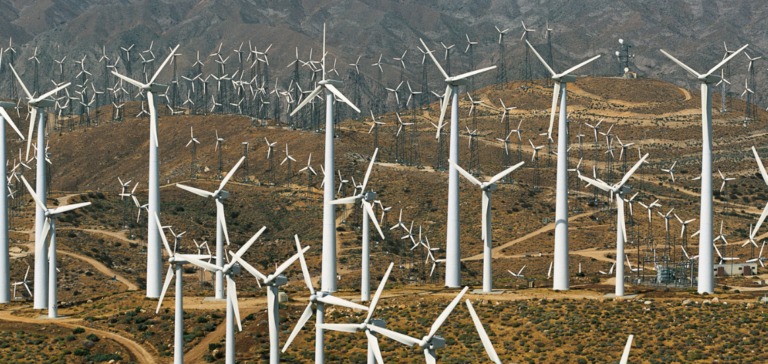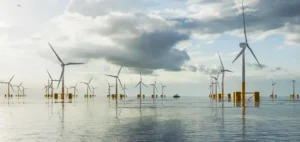The year 2023 marks a crucial milestone for renewable energy in France, particularly for onshore wind power. The announcement of the installation of fifty new onshore wind farms, following a successful second call for tenders, underlines this development. These projects, representing almost 2,000 megawatts of capacity, are the result of two major calls for tender, demonstrating a remarkable acceleration in the deployment of renewable energies.
Momentum boosted by government support
This significant increase comes after a period of slowdown between 2021 and 2022, mainly due to profitability difficulties linked to material inflation. What’s more, the French government’s strategic response at the end of 2022 to index contracts to inflation has revitalized the bidding process. The Ministry of Energy Transition noted that these results reflected the government’s commitment to accelerating the pace of renewable energy deployment.
Challenges and prospects in the wind energy sector
Despite these advances, challenges remain, particularly with regard to prefectoral authorizations, which have slowed project development in recent years. In its draft energy strategy, the government is aiming for 40-45 gigawatts of installed onshore wind power capacity by 2035, compared with the current 20.6 gigawatts, illustrating the ambition of its energy transition objectives.
Marine Wind Energy: An Innovative Advance in the Mediterranean
Alongside onshore wind power, the offshore wind energy sector is also undergoing significant development. The government recently announced the location of two future floating wind farms in the Mediterranean, opposite Port-la-Nouvelle and Fos-sur-Mer. These projects, each with a capacity of around 750 megawatts, are a testament to innovation in the field of renewable energy. Scheduled for award by summer 2024, commissioning is planned for 2031.
The year 2023 is shaping up to be a decisive turning point for wind power in France, with significant expansion in both onshore and offshore wind power. This dynamic, supported by appropriate government policies, opens up promising prospects for achieving the country’s energy transition objectives.






















